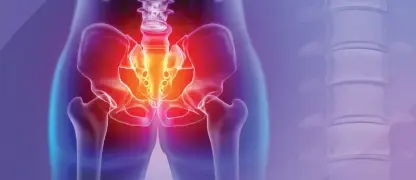Chronic vulvar pain is not something you have to endure alone. Understanding what is vulvodynia is the first, crucial step toward finding relief and reclaiming your quality of life.
What are the main causes of Vulvodynia?
- While exact vulvodynia causes are often unknown, factors may include nerve injury or irritation, such as with conditions like pudendal neuralgia.
- Past infections, inflammation, pelvic floor muscle dysfunction, or even genetic predispositions are also thought to contribute to the onset of this complex condition.
- Hormonal changes or sensitivities to certain foods or chemicals can also trigger or worsen the nerve sensitivity that leads to chronic vulvar pain.
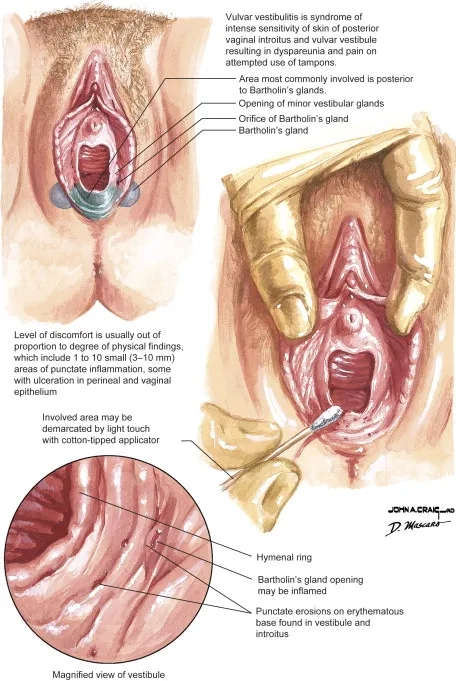
Key symptoms of Vulvodynia to watch for
- The primary of all vulvodynia symptoms is a persistent burning, stinging, or raw pain in the vulvar area, lasting for at least three months.
- A specific type called vestibulodynia involves pain that is provoked by touch or pressure, such as during intercourse, tampon insertion, or prolonged sitting.
- Other sensations can include aching, throbbing, or itching, which may be constant or intermittent, significantly impacting daily activities and mental well-being.
How is Vulvodynia managed effectively?
- Effective vulvodynia treatment is often multi-faceted, including topical medications like a vulvodynia cream to numb the area and reduce nerve irritation.
- Adopting a specific vulvodynia diet, such as a low-oxalate diet, may help reduce symptoms for some individuals by minimizing bladder and nerve irritation.
- Living with vulvodynia is more manageable with pelvic floor physical therapy, which can help relax tense muscles and decrease nerve sensitivity over time.
>>> Read more here: Fragile x syndrome – symptoms, diagnosis and care
Image illustrating the location of vulvar pain

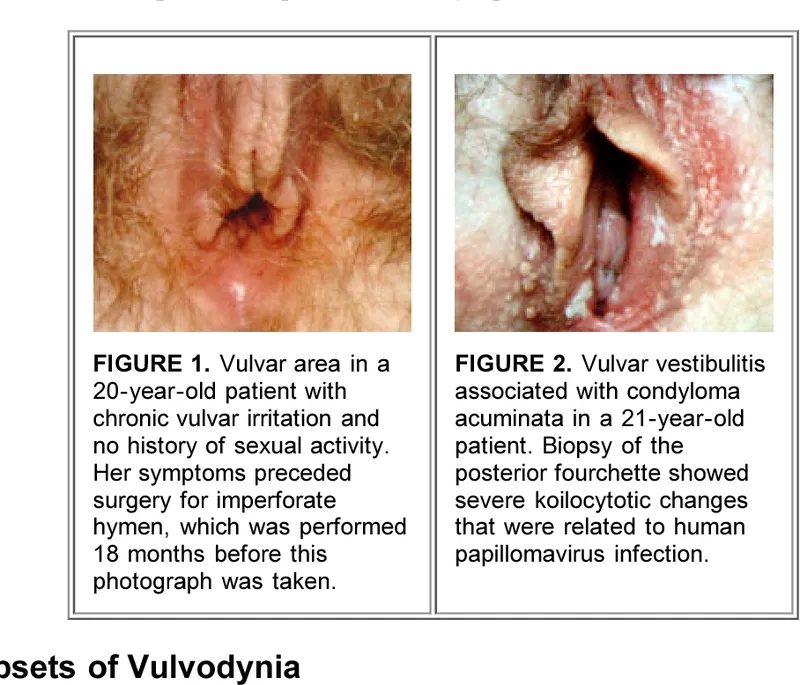
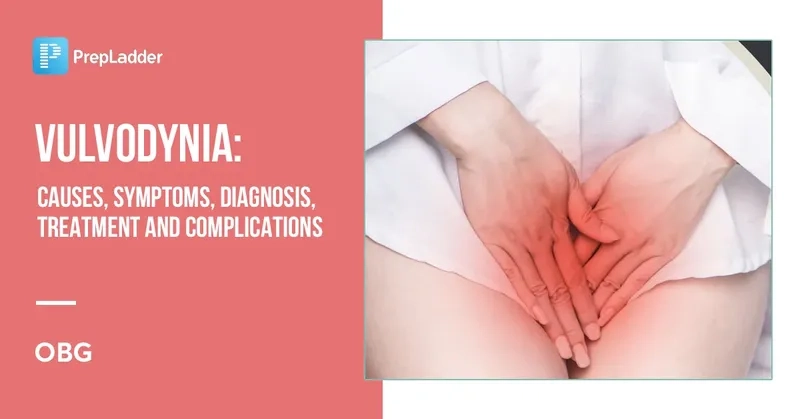
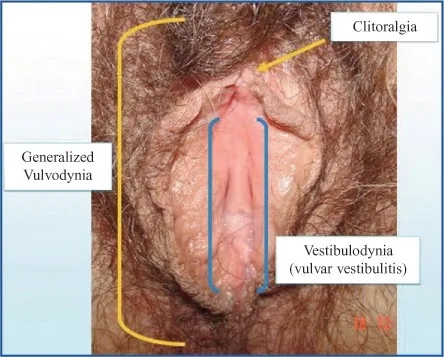

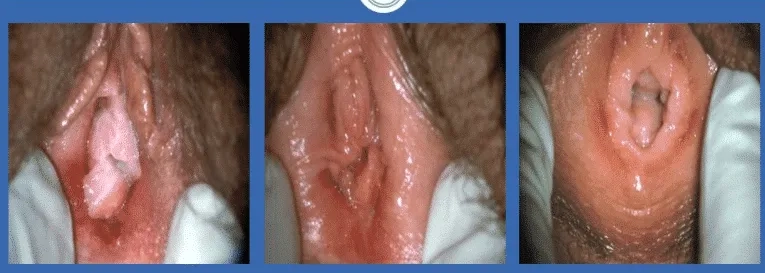

>>> See more: Primary immunodeficiency diseases – signs and treatment
Finding the right approach takes time and expert guidance. If you experience persistent vulvar pain, consulting a vulvodynia specialist is essential for an accurate diagnosis and a personalized treatment plan.
>>> Learn fully at: Chronic pelvic pain – causes, symptoms and relief


